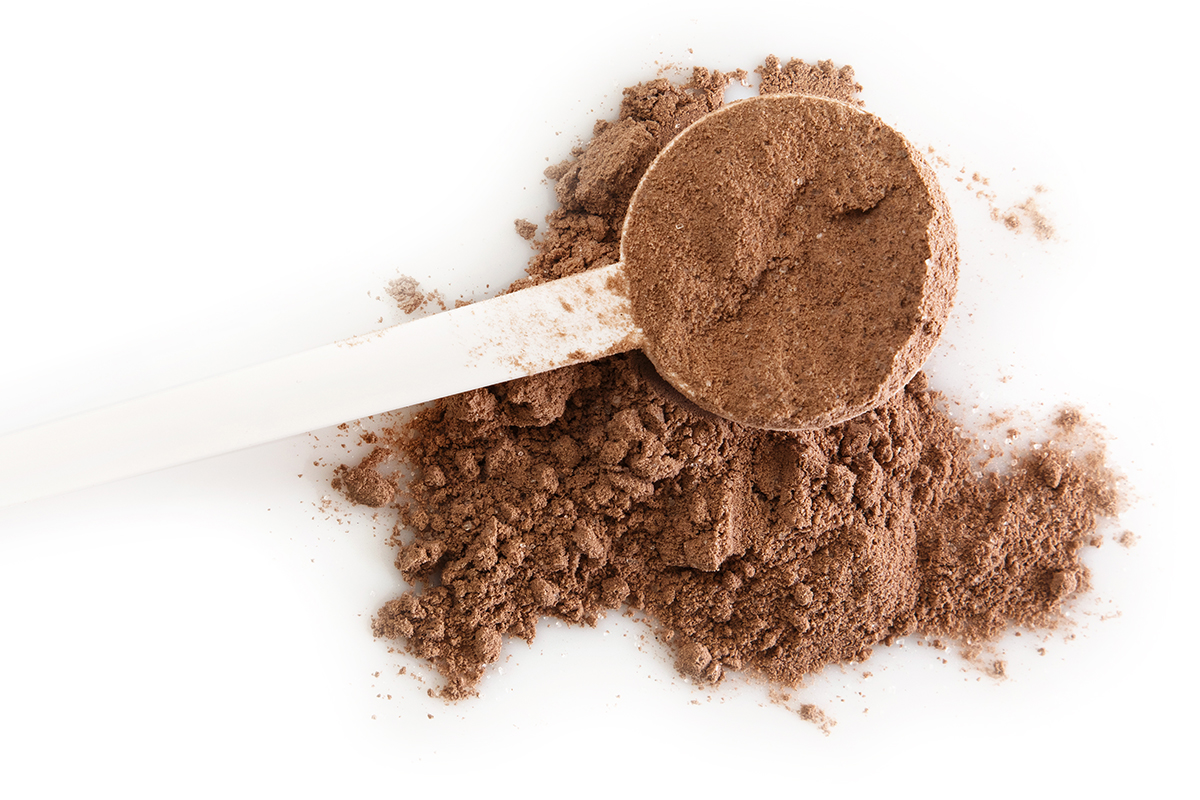What is MyPlate?
Start Simple with MyPlate
The benefits of healthy eating add up over time, bite by bite. Small changes matter. Start Simple with MyPlate.
A healthy eating routine is important at every stage of life and can have positive effects that add up over time. It’s important to eat a variety of fruits, vegetables, grains, protein foods, and dairy and fortified soy alternatives. When deciding what to eat or drink, choose options that are full of nutrients. Make every bite count.
MyPlate Messages
Click on a message below to learn more about the food groups.
Make every bite count
- Learn how much you need from each food group. Get a personalized MyPlate Plan that’s right for you, based on your age, sex, height, weight, and physical activity level.
- Take a look at your current eating routine. Pick one or two ways that you can switch to choices today that are rich in nutrition.
- A healthy eating routine can help boost your health today and in the years to come. Think about how your food choices come together over the course of your day or week to help you create a healthy eating routine.
- It’s important to eat a variety of fruits, vegetables, grains, protein foods, and dairy and fortified soy alternatives. Choose options for meals, beverages, and snacks that have limited added sugars, saturated fat, and sodium.














